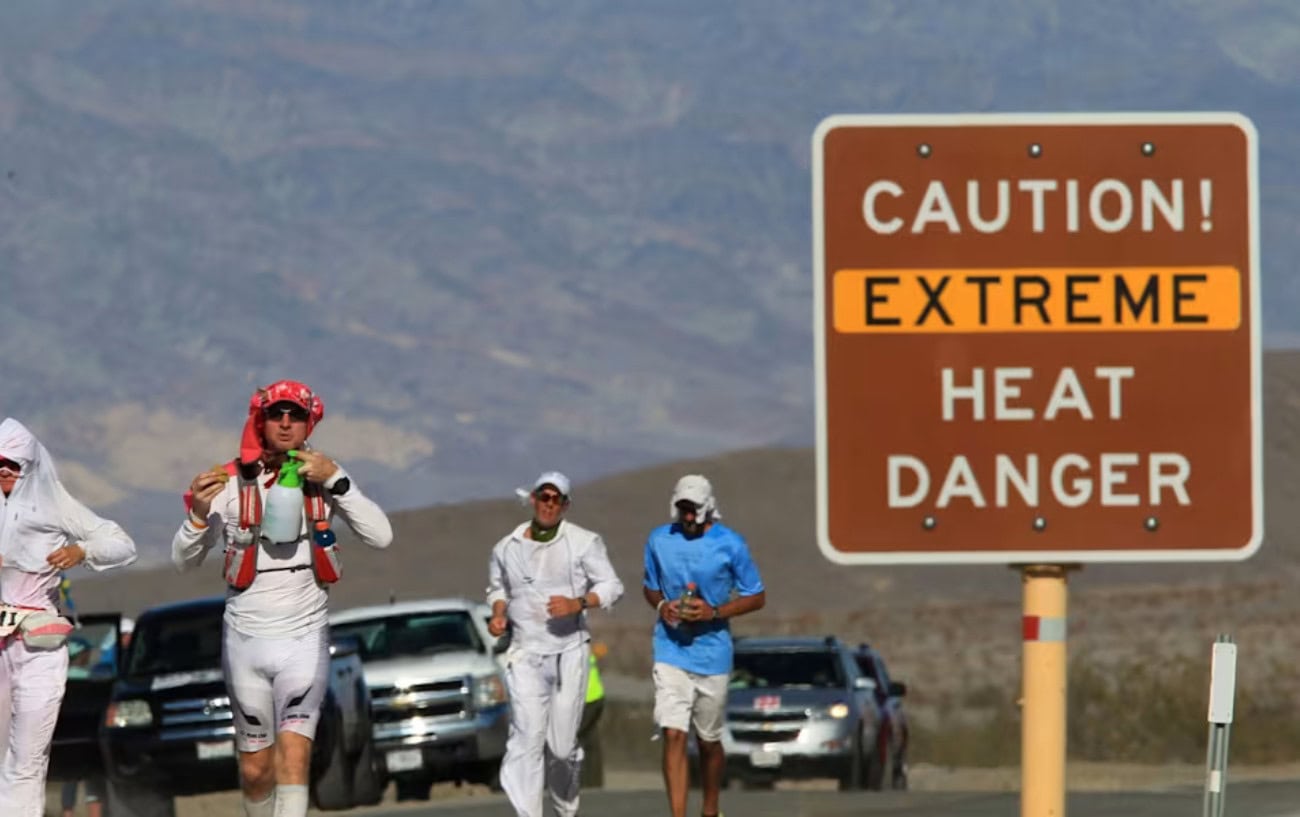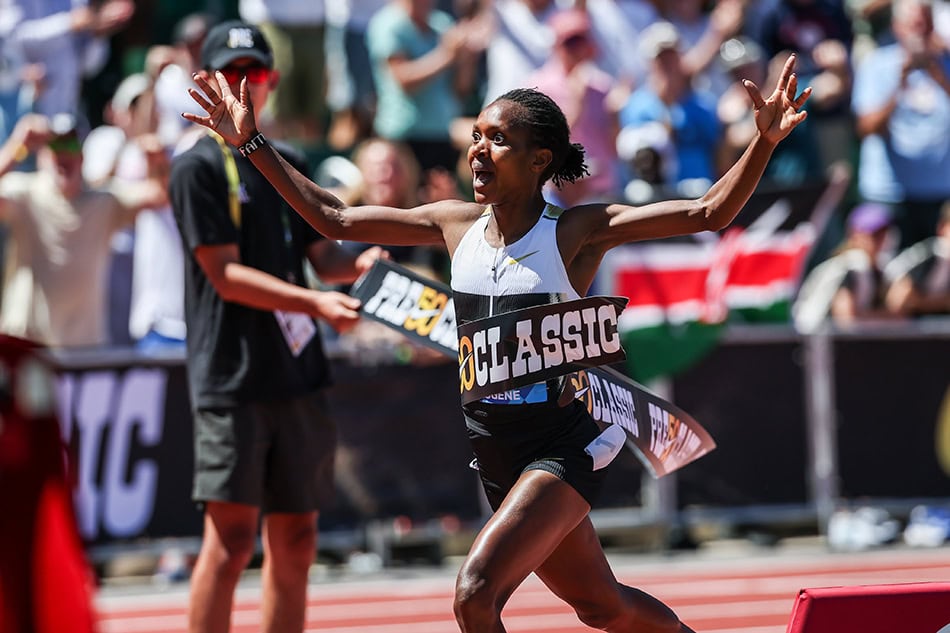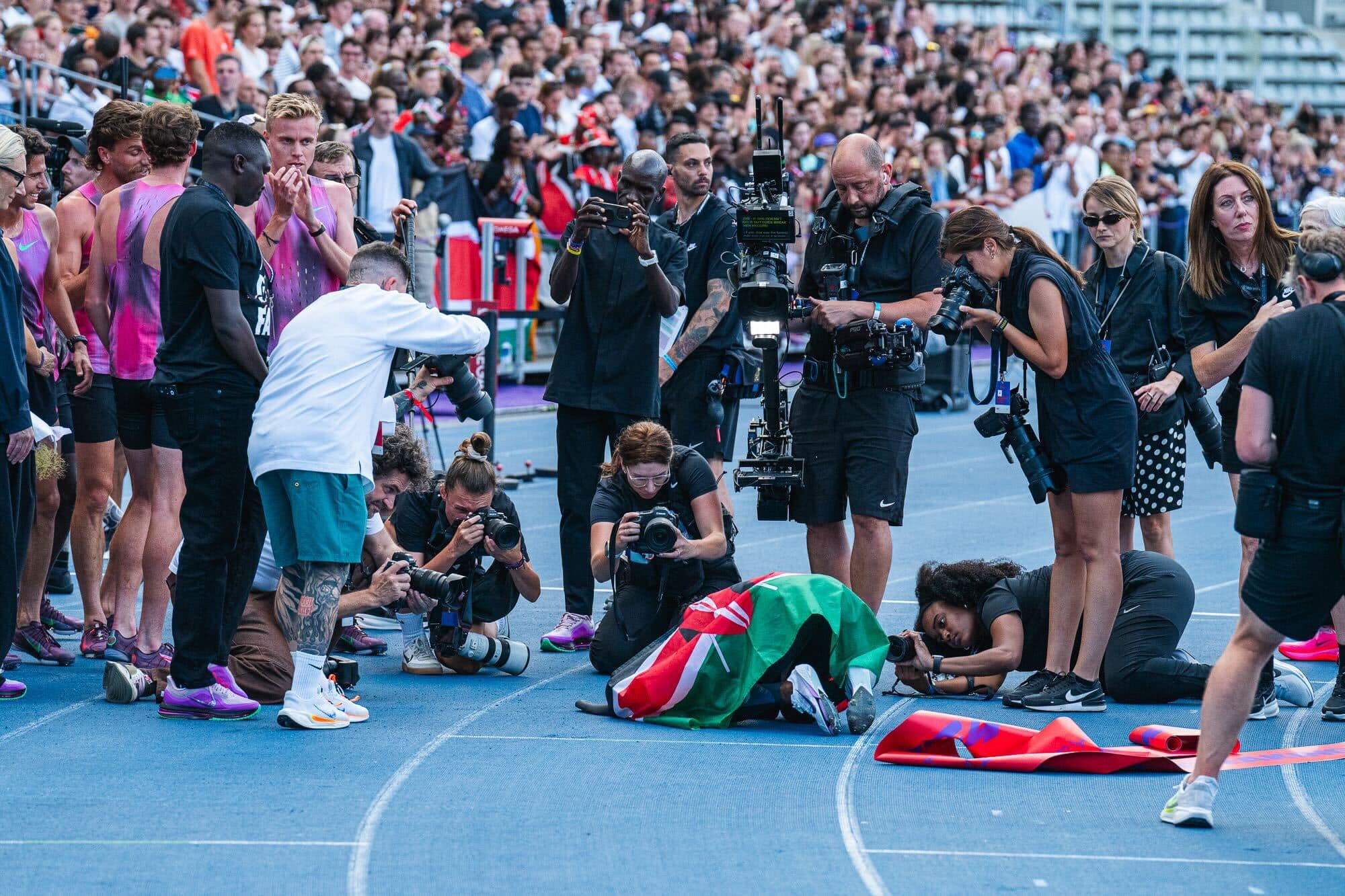
Eric Orton is a renowned performance expert and running coach who has dedicated his life to exploring the potential of the human body and mind.
Over the past 25 years, Eric has coached Olympians, professional, and age group athletes, including runners for distances from 1500m to 240 miles.
Eric is the coach in the international bestseller, Born to Run, and has written two books: The Cool Impossible, and Born to Run 2: The Ultimate Training Guide.
Many of us run and race for the daily challenge of waking up, putting two feet on the floor, and heading out the door. The daily task that gives us purpose independent of anything else in our life.
That one thing we have control over, that never disappoints. That dopamine hit with each step that creates self-discovery and the belief that we can strive and achieve, and that challenge makes us human.
As endurance runners, challenge is our middle name, and I am going to challenge what you think is important about endurance training.
We need more than endurance to run well for long distances.
In fact, I would argue that developing speed FIRST is the ideal approach to catapulting your ability to new heights as a long-distance runner or ultra-marathoner.

The elite marathoners and ultra runners develop this way, whether it is Eliud Kipchoge or Jim Walmsley, both considered one of the greatest marathoners and ultra-distance athletes of today.
Before Eliud began his marathon career, he specialized in the 5,000-meter distance, winning gold at the 2003 World Championship.
Jim started at the 1,500-meter distance with a 3:48 PR. He often races on the road and trails, which helps him maintain his speed and leg turnover for longer trail races. This variety is important.
Kilian Jornet, considered the greatest ultra athlete of all time, has won some of the most challenging 100-mile mountain races AND the World Championships at the much shorter vertical kilometer distance, which takes just under 30 minutes to complete.
Kilian would not be the athlete he is at the ultra distance without his short-course ability.
In 2020, Kilian set out to improve his 10K road time and then went on to have his best ultra-running season. I do not think this was a coincidence; he improved his speed to help his mountain running and long-distance abilities.

Let’s apply these examples to the typical path a collegiate distance runner might take. They start in high school with track and cross country. In track, they might build up to running the 2-mile distance, and in cross country, the 4-5K distance.
This speed development prepares them for college, where they might continue to compete at these distances or bump up to the 10,000-meter distance.
Eventually, some of these runners will have post-collegiate running careers that might lead to the marathon distance as they reach their late twenties and early thirties.
With the growing popularity and career opportunities in ultra running, we are seeing more and more of these collegiate speedsters take the speed they have developed since high school and apply it to the ultra distance races, starting with a 50K and incrementally building in ultra race distance over time.
The point is that they are developing speed first and then applying this to racing longer later. It is this speed that is directing their potential and ability to run longer.
I’ve already written a lot about how the Tarahumara’s lifestyle helps them to be the natural-born ultramarathon runners they are.
What is a mystery to many – how to train to maximize our running ability and performance – the Tarahumara do as part of their daily life.
Yes, they have great strength and form, but they also have a lifestyle from childhood forward that gives them a natural base of speed.

From the time Tarahumara children take their first steps, they walk up and down hills a lot, all the time. No horses, no cars, no buses, no bikes. If they want to get somewhere, they hoof it.
If you had to call one thing they do the “secret weapon” of their culture, it would have to be the game Rarajipari. Children play as soon as possible (though at shorter distances than adults).
Here’s the game: Take eight to ten players per team and an agreed-upon distance for the race, usually 5-10K for their kids on an out-and-back course (so the villagers can watch).
The object is to be the first team to kick and flip a baseball-size wooden ball over the race distance. Some players carry a short stick to roll the ball on top of their foot to flick it really high, but otherwise, it’s a ball and some very fast feet moving all the time over hilly, uneven terrain.
With short, fast runs up and down the canyons, chasing after a ball, Tarahumara children develop incredible speed and have fun doing it.
By adulthood, the Tarahumara easily transition to the longer fifty-to-a-hundred-mile version of the game. At this point, they need very little, if any, additional training to compete at the much-advanced adult race distance.

Speed dictates your potential!
With the growth and popularity of ultra marathons, many runners are jumping right to these longer trail races without this speed development or much racing at shorter distances.
This is great, but if their raw speed is not fast enough, they will not have the ability to run easily enough at an appropriate pace for the distance, missing race cutoffs.
In other words, their appropriate pace for an ultra distance is hiking.
The common mistake is to add in longer and longer runs and increase total volume in an effort to improve when they actually need to improve their “raw” speed and potential first and then apply that improvement to endurance training to truly improve their endurance ability.
Let me tell you what I consider raw speed: the time it takes you to run one mile. This raw speed dictates your ability and potential and is a great race predictor. The faster your one mile, the faster you’ll be across the board in race distances.

A few years back, I began coaching an ultrarunner who had hit a plateau and wanted my help.
I told her that to improve and reach her goal of becoming a professional ultra runner, we needed to improve her speed. We would spend more time on the track to improve her speed and endurance in the mountains.
One of her greatest abilities was trusting the process and being coachable in what might sound like a counter-intuitive approach.
Once we attacked her speed, she had a breakout year, placing second at the UTMB TDS ultra in Chamonix, France, which helped her obtain sponsorship and become a full-time ultra runner.
It’s a little easier to describe this with marathon racing.
If the one-mile time is a great marathon predictor, to run a 3-hour marathon, your one-mile time needs to be well under 6 minutes for you to have the ability to consider training to run 26.2 miles at a 6:51 minutes per mile pace that is required for a 3 hour race time.
If you want to break the 4-hour marathon barrier, look to improve your one-mile time to approximately 7:00.

The keys to improving your one-mile time:
- Carve out a period of time in the early season that you can devote to this specific training without worrying you need to be running a lot higher volume.
- Perform a One Mile test: A timed one-mile run executed as fast and as steady as you can. The test is best done on a track for consistency.
- Record your time to measure improvement and use it for training.
6-8 Week Training Schedule:
- Day 1: Easy run at 65% of your one-mile test pace.
- Day 2: *5-10 X 90-second intervals at your one-mile test pace.
- Day 3: Recovery run at 60% of your one-mile test pace or day off.
- Day 4: *4-6 X 2-3 minute intervals at 95% of your one-mile test pace.
- Day 5: *5-10 X 30-second intervals at 105% of your one-mile test pace.
- Day 6: Easy run at 65% of your one-mile test pace.
- Day 7: Off day
*Increase the number of intervals each week based on your ability and experience.
Run Fast, To Run Long.
Eric
For more interval workouts to improve your speed, check out this next guide:













This runs counter all things run coaches tend to tell you: run slow to run long! I tried the slow approach and however well it might have worked, it was totally boring! So I will try the faster method 🙂